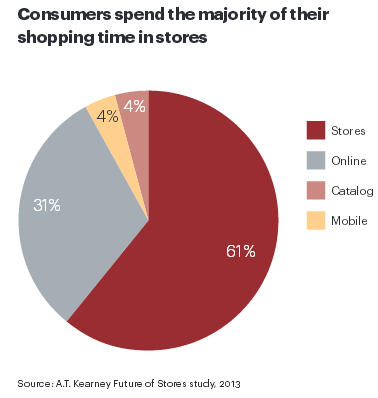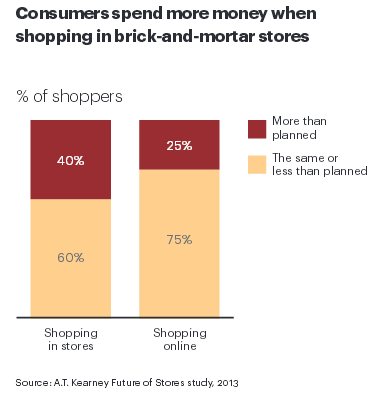 Econsultancy: Best Practices for Online Retailers Who Want to Compete with Brick-and-Mortar Stores
Econsultancy: Best Practices for Online Retailers Who Want to Compete with Brick-and-Mortar Stores
As online retail and brick-and-mortar stores have their pros and cons, the path to purchase for consumers would depend on numerous factors, such as preference and convenience.
While brick-and-mortar retail gives shoppers the ability to touch and test products in person, shopping in physical stores can be tedious and exhausting for some. On the other hand, even though online shopping doesn’t give customers the ability to physically touch and test products, it’s both accessible and convenient for shoppers. Online retailing is ideal for shoppers who know what they want to purchase and wish to place reoccurring orders. Online retailing is also great for those who want to avoid long queues at the mall.
While online retailing has grown in both sophistication and acceptance among consumers, “talk of the demise of brick and mortar is premature,” stated a study released by global management consulting firm, A.T. Kearney (@ATKearney).
Entitled Recasting the Retail Store in Today’s Omnichannel World, the study claimed that as much as 61% of consumers shop in physical stores, compared to 31% who do so online. [See Figure 1]
The same study found that almost half (40%) of consumers spend more money than planned in brick-and-mortar stores, while only 25% do the same when shopping online. [See Figure 2]
Ways to Make Online Retailing Work
To help online retailers compete with brick-and-mortar store owners, Arie Shpanya (@ArieShpan), contributor at Econsultancy (@Econsultancy), listed down some of the best practices online retailers can incorporate into their businesses:
- Improve customer experience through live chat and eye-catching images. According to Econsultancy, some 73% of online shoppers agree that live chat is the “most satisfying form of customer service”. Furthermore, it’s advisable that online retailers use large images with clear resolutions and compelling descriptions to offer customers the same level of experience as shopping in-store.
- Expand their selling capabilities to larger markets. The thought of investing more money into shipping costs might be keeping some online retailers from attaining greater success. Shpanya advices them to increase their reach and “adopt an effective shipping policy” in order to gain more happy and loyal customers.
- Implement a dynamic pricing strategy. Online retailers can get the most out of their online capabilities by adopting a dynamic pricing strategy and investing in automated pricing software. This allows them to easily adjust their pricing in accordance with market changes.
- Take advantage of their speed and efficiency. The greatest benefit online retailing offers customers is convenience. Shpanya believes that as long as online retailers maximize their speed and efficiency, they can “play a big role in the future of retail”.
While brick-and-mortar stores are the kings of retail for now, e-commerce will continue to gain prominence in the coming years. eMarketer (@eMarketer) predicts that U.S. retail e-commerce sales in 2015 will represent 7% of the $347.3 billion in projected sales.
Aside from the abovementioned tips, what other practices can online retailers implement in order to gain more significance in the retail industry?
Marketing Digest Writing Team
Latest posts by Marketing Digest Writing Team (see all)
- How Taco Bell Struck Gold with Its Memorable Viral Marketing Campaigns - September 15, 2015
- Salesforce Marketing Cloud Releases New Instagram Marketing Tools - September 12, 2015
- Chrome Begins Pausing Flash Ads by Default to Improve User Experience - September 3, 2015


